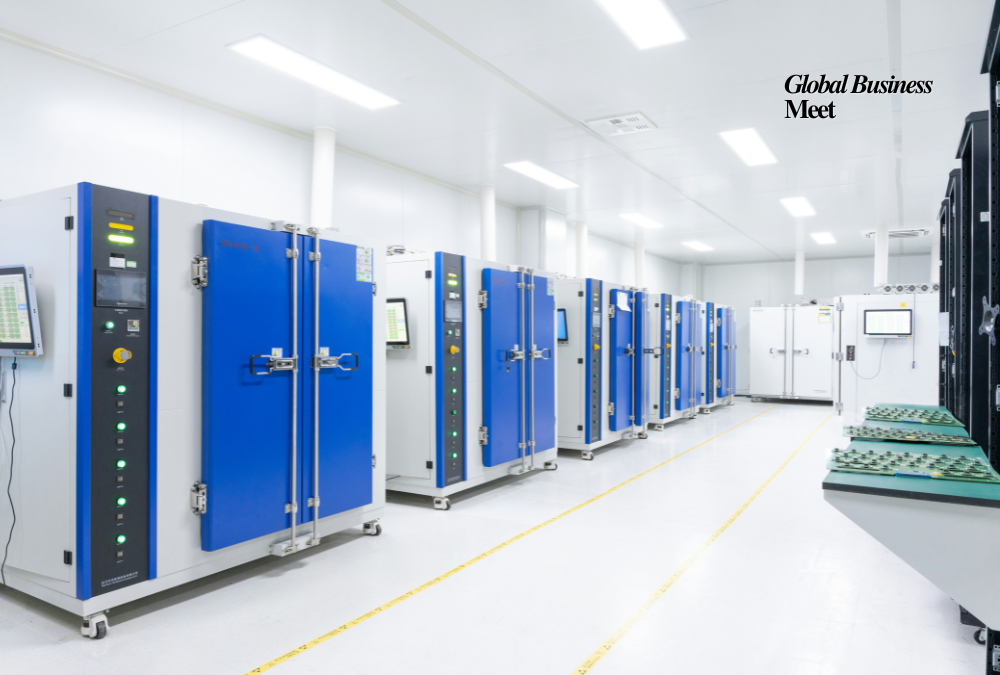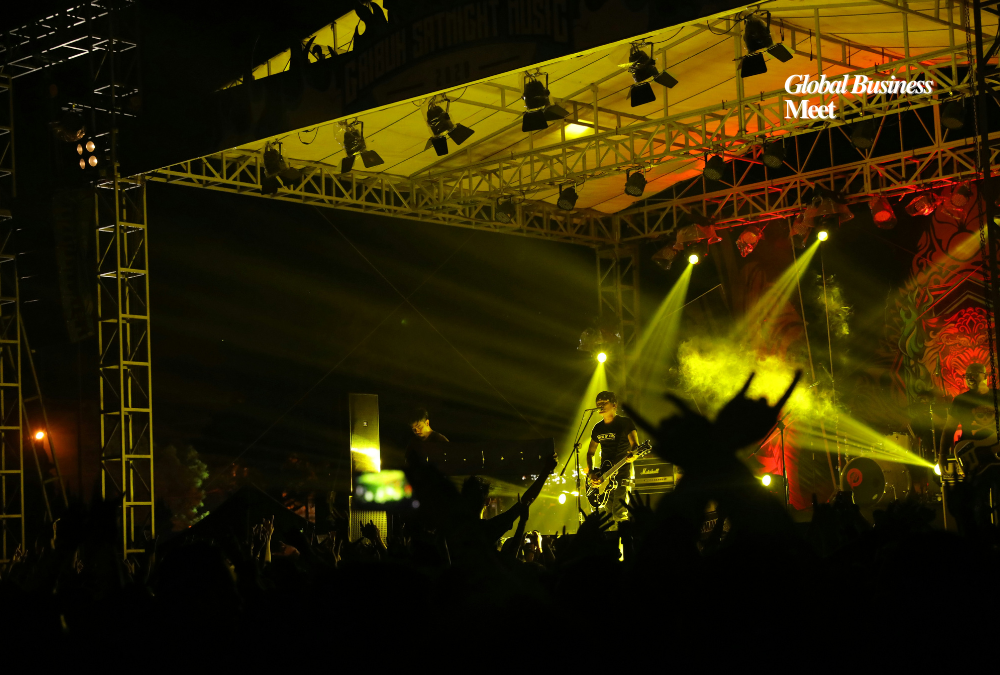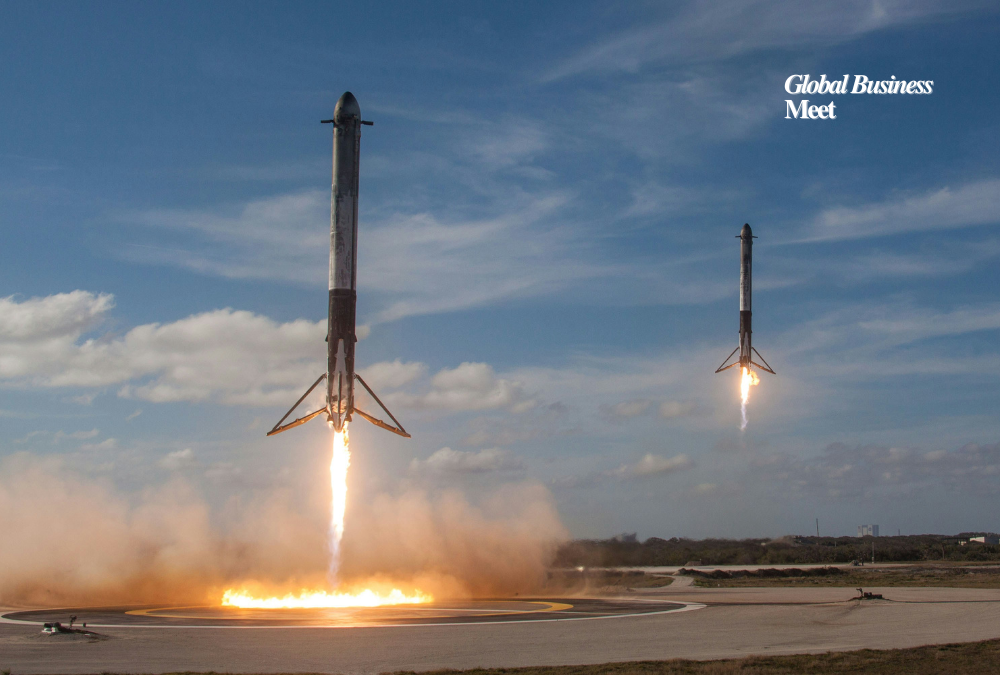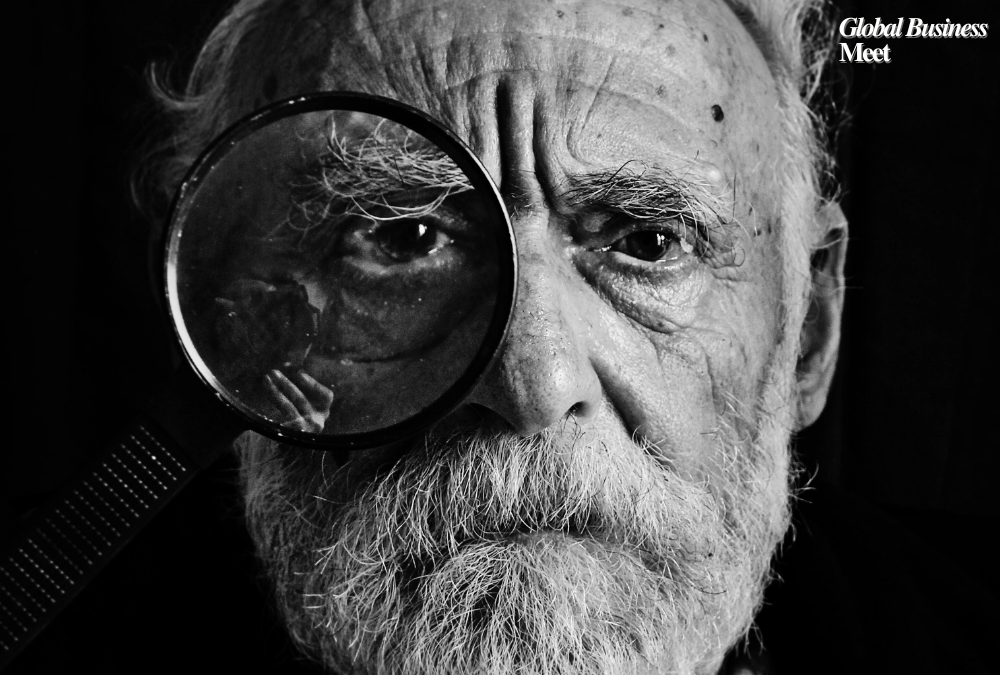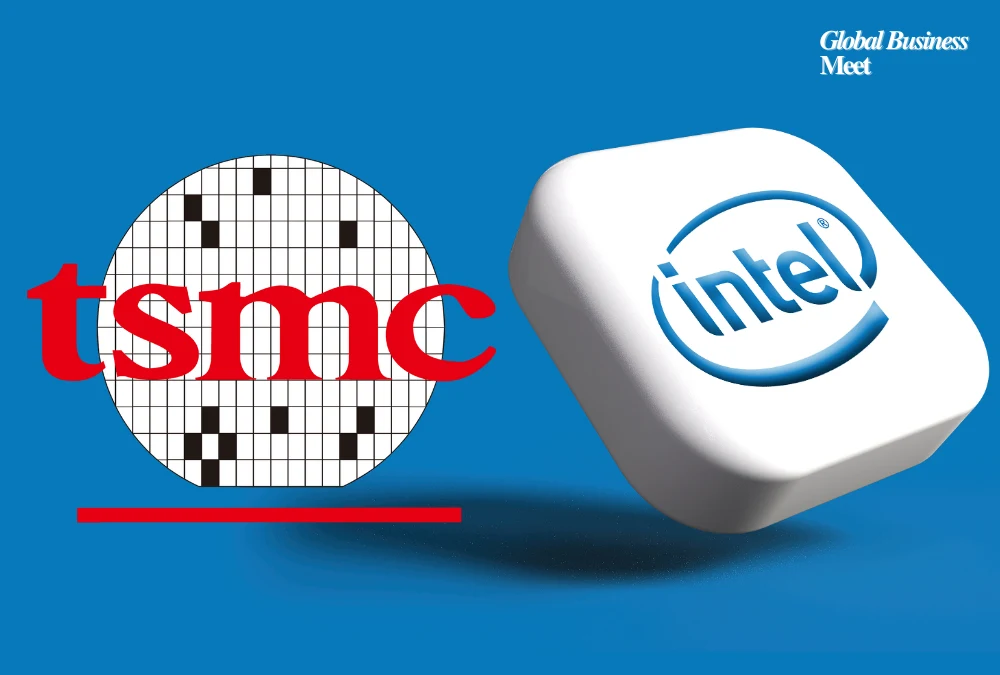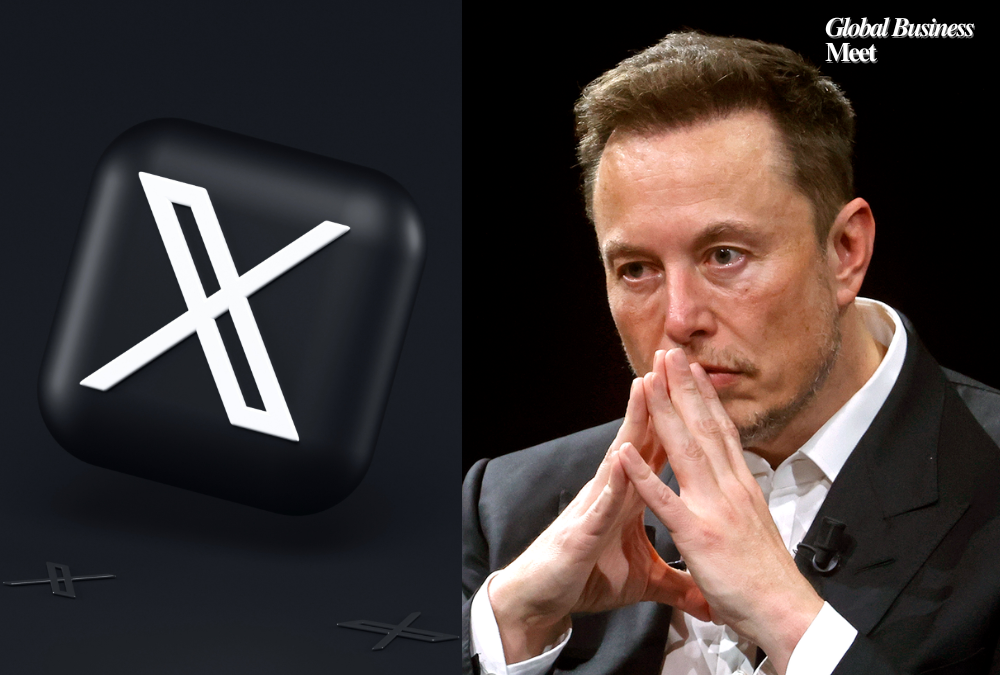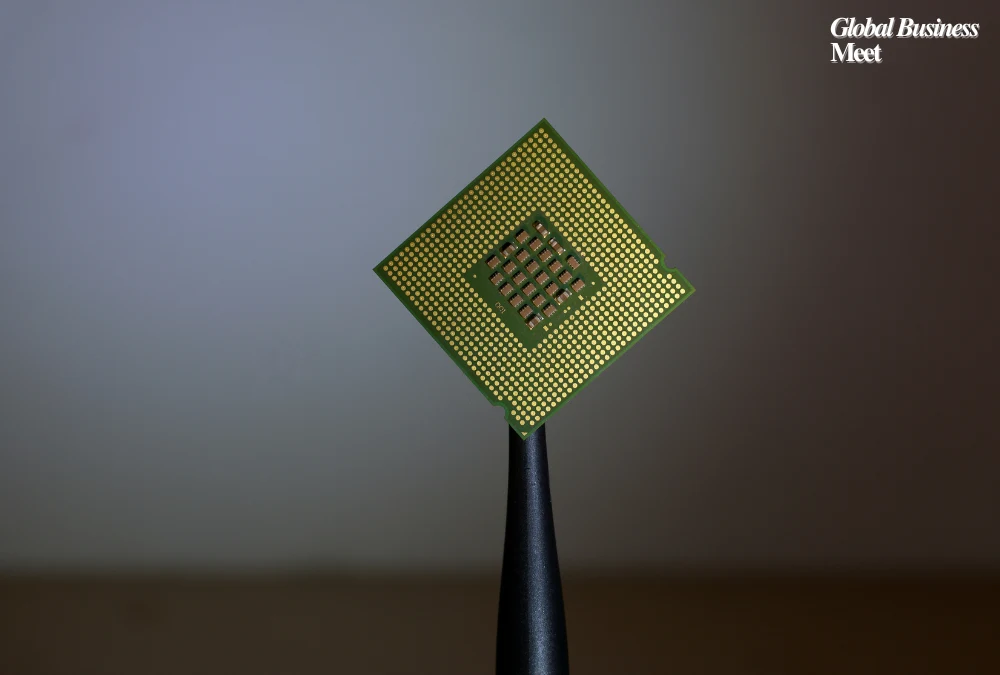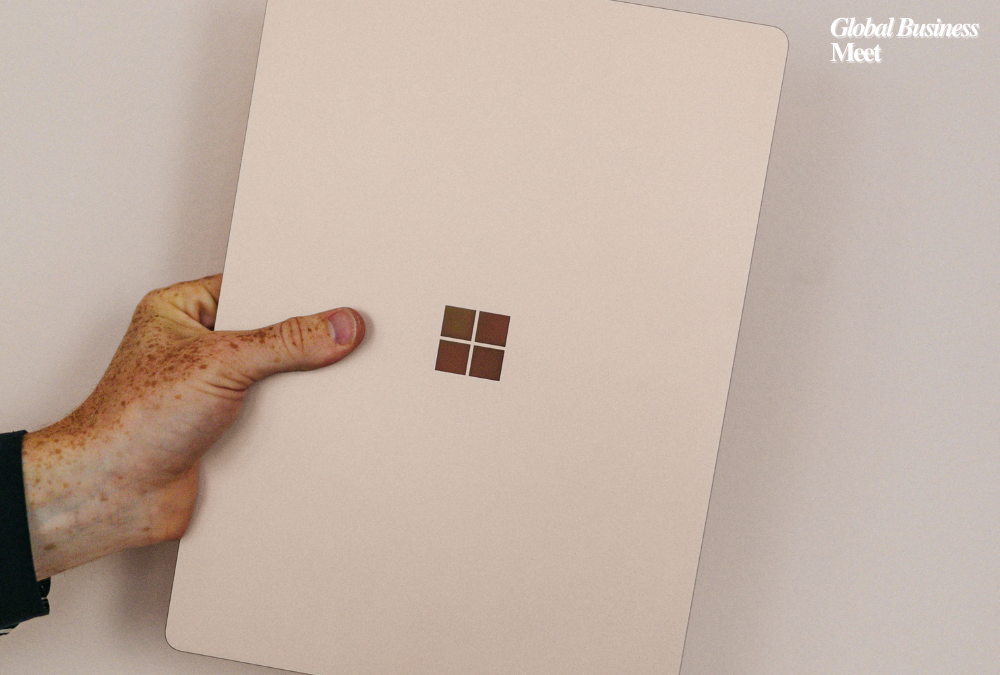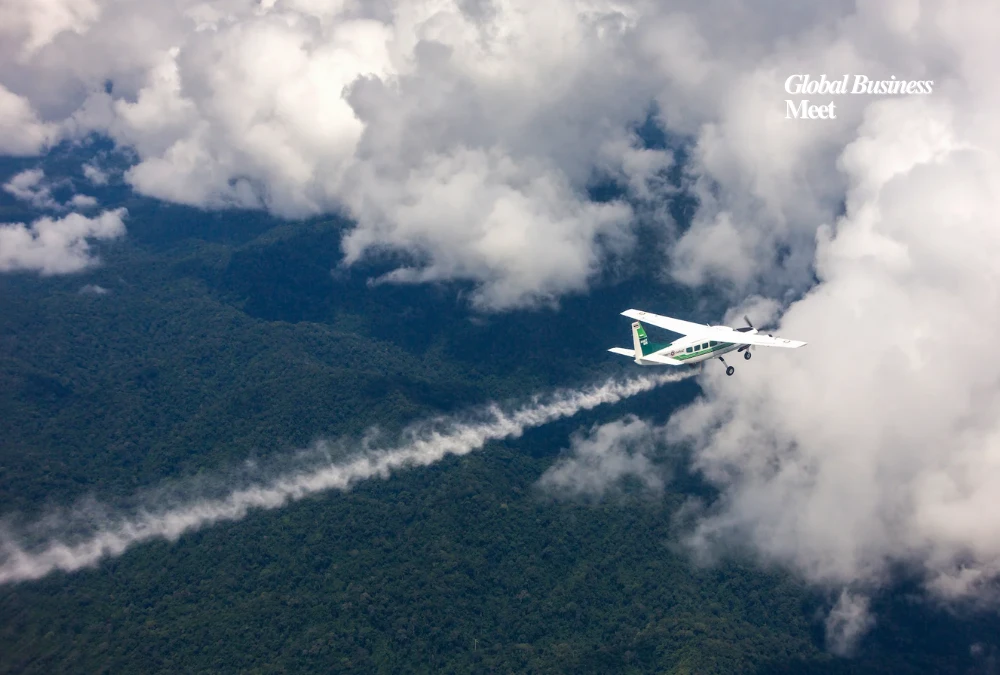
Rainmaker Technology’s proposal to use drones for cloud seeding is facing strong opposition from airline pilots. The Air Line Pilots Association (ALPA) has urged the Federal Aviation Administration (FAA) to reject the startup’s request unless the company proves it can meet stricter safety standards.
The FAA’s decision will not only determine Rainmaker’s immediate future but may also set the precedent for how regulators handle weather modification using unmanned aerial systems.
ALPA Raises Safety Concerns
In its filing, ALPA argued that Rainmaker’s petition “fails to demonstrate an equivalent level of safety” and described the plan as “an extreme safety risk.” The union criticized the lack of clarity around where the drones would fly and how their operations would be managed in controlled airspace.
Rainmaker wants an exemption from existing FAA rules that prohibit small drones from carrying hazardous materials. The company filed its request in July, but the FAA has not yet made a decision. Instead, the agency issued a follow-up request for information, pressing the company for more operational and safety details.
Rainmaker Responds to the Objections
Rainmaker CEO Augustus Doricko pushed back on ALPA’s objections. He said the union’s concerns are based only on the public notice and do not account for detailed safety data and risk assessments submitted privately to the FAA.
According to Rainmaker, the drone operations would be limited to a maximum altitude of 15,000 feet MSL and conducted in airspace that aviation authorities have predetermined to be safe. Doricko said this eliminates concerns about high-altitude conflicts with commercial aircraft.
Sam Kim, Rainmaker’s aviation regulatory manager, added that the company respects the pilots’ union but believes the objections show “a lack of understanding” about why Rainmaker is seeking the exemption.
The Flare Controversy
A central point of contention is the flares that Rainmaker plans to use. The drones, known as Elijah quadcopters, would deploy two types of flares—one that burns in place and another that ejects casings. ALPA warned that these flares could create foreign object debris and fire hazards.
Doricko countered by citing research from the Environmental Protection Agency and state natural resource departments, which have studied cloud-seeding materials for more than 70 years without finding harmful environmental effects. He also argued that Rainmaker’s operations use much smaller amounts of silver iodide than the emissions released by commercial aircraft during normal flights.
Rainmaker also emphasized that the use of flares is part of research only. The company is developing a proprietary aerosol system that it says will replace flares entirely and provide a cleaner method of dispersing particles.
How the Drones Would Operate
Rainmaker explained that its drone operations would include extensive safety measures. These include coordination with local air traffic control, certified remote pilots, collision-avoidance systems, and both electronic and physical observers on site.
The flights would take place in rural areas or over private properties where Rainmaker has secured agreements with landowners. According to the company, these precautions ensure that drone flights do not interfere with commercial air traffic or endanger populated areas.
The Broader Context of Cloud Seeding
Cloud seeding itself is not new. The practice dates back to the 1950s and is already used in many western U.S. states. Ski resorts use it to boost snowfall, while irrigation and water districts rely on it to increase snowpack that feeds reservoirs during spring melts.
Traditionally, cloud seeding has been conducted with crewed airplanes. Pilots release small amounts of silver iodide into clouds, which act as ice nuclei and trigger precipitation. The particles mimic the shape of ice crystals, causing super-cooled water droplets to freeze quickly and form snow or rain.
Rainmaker’s twist is to replace crewed flights with drones. The company argues that this approach could eventually prove safer, less expensive, and more scalable. Unlike crewed aircraft, drones can operate in tightly defined flight paths with remote monitoring and built-in fail-safes.
What Comes Next
The FAA now faces the task of determining whether Rainmaker’s safety measures are strong enough to justify granting an exemption. Its ruling will not only affect Rainmaker’s business but will also shape how regulators approach future proposals to use drones for weather modification.
If approved, Rainmaker’s drone-based system could represent the next evolution in cloud seeding. If denied, the company may need to rethink its technology and strategy. Either way, the FAA’s decision will set an important precedent for balancing innovation in climate technology with aviation safety.





























